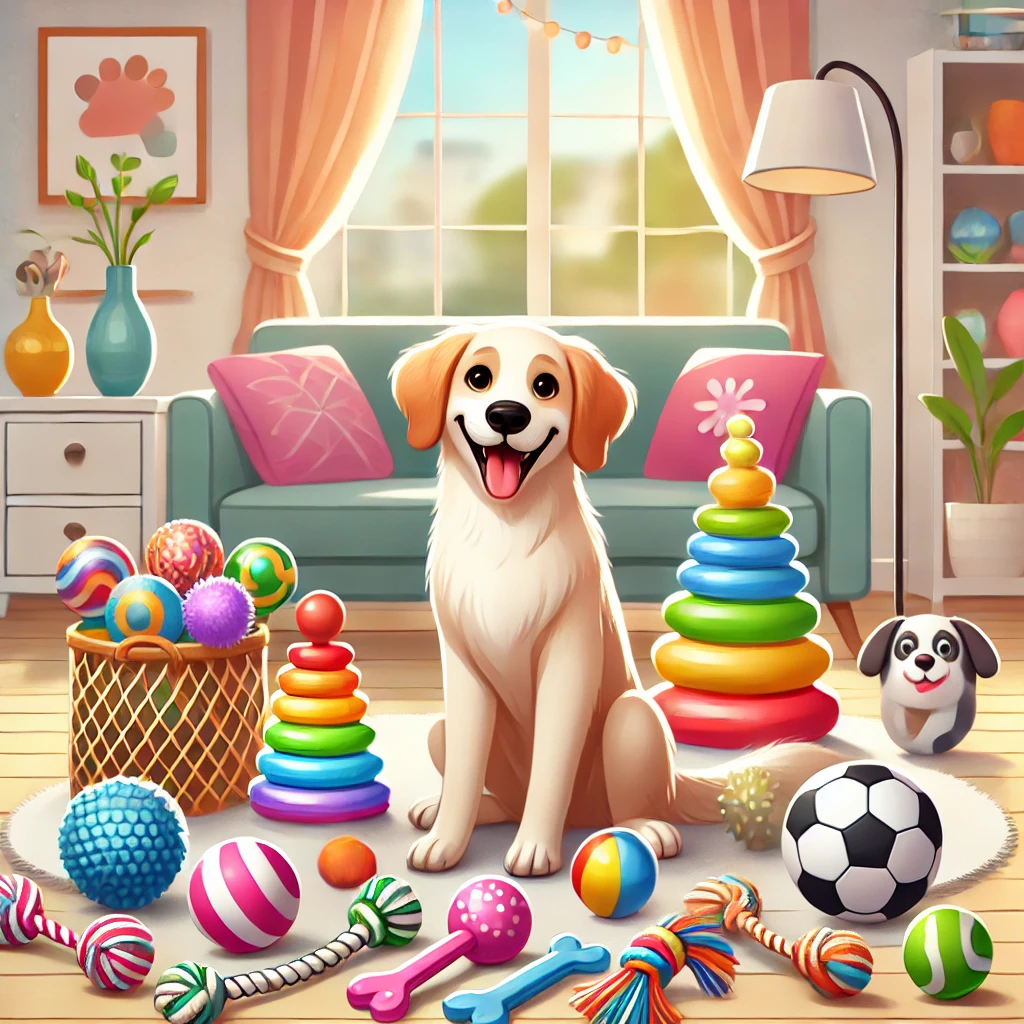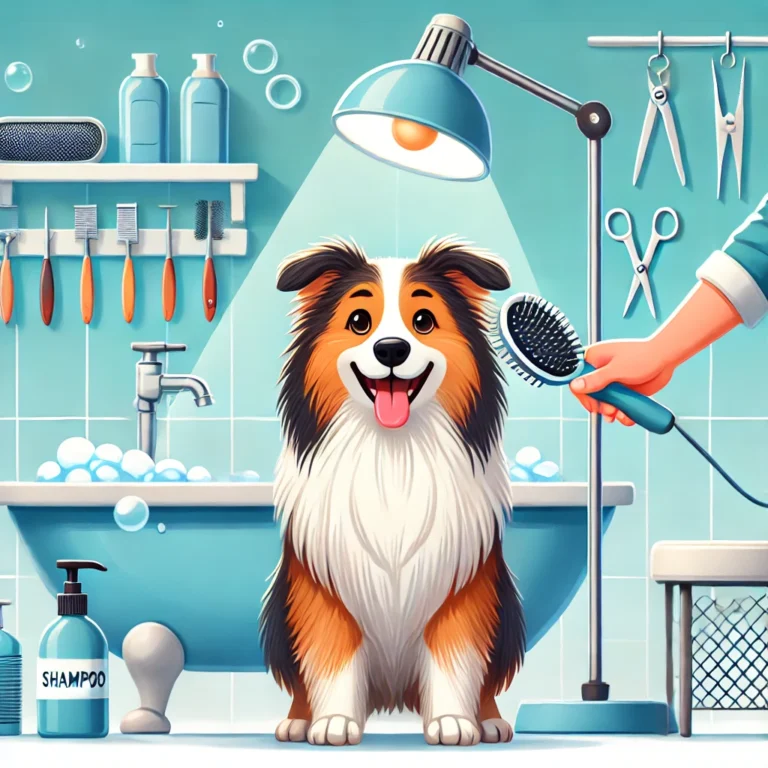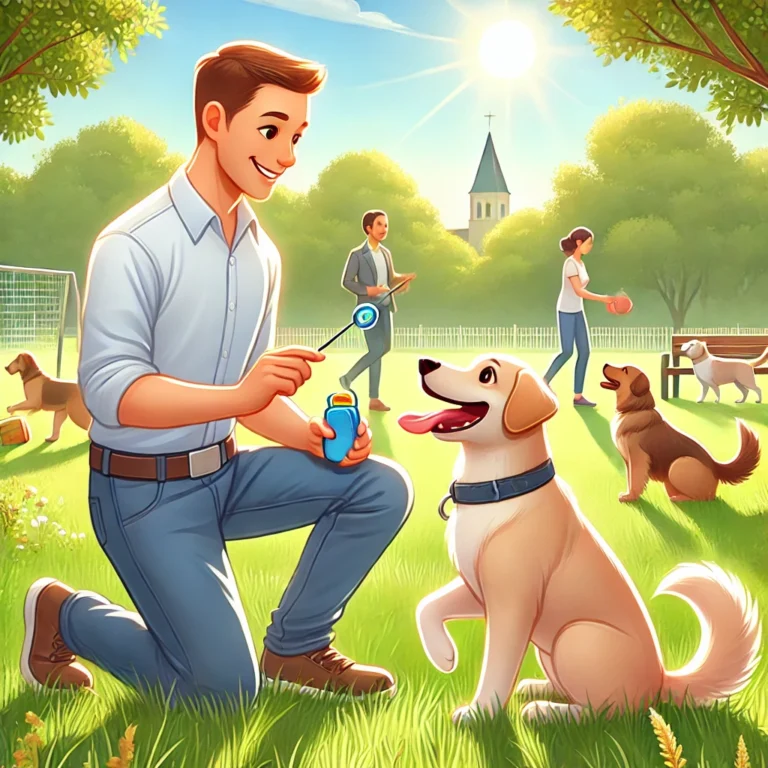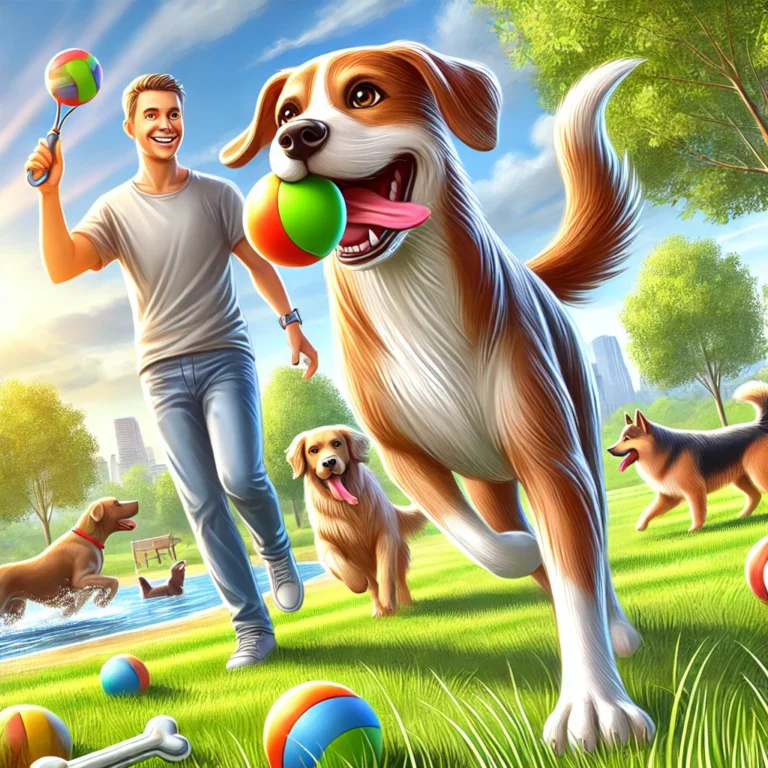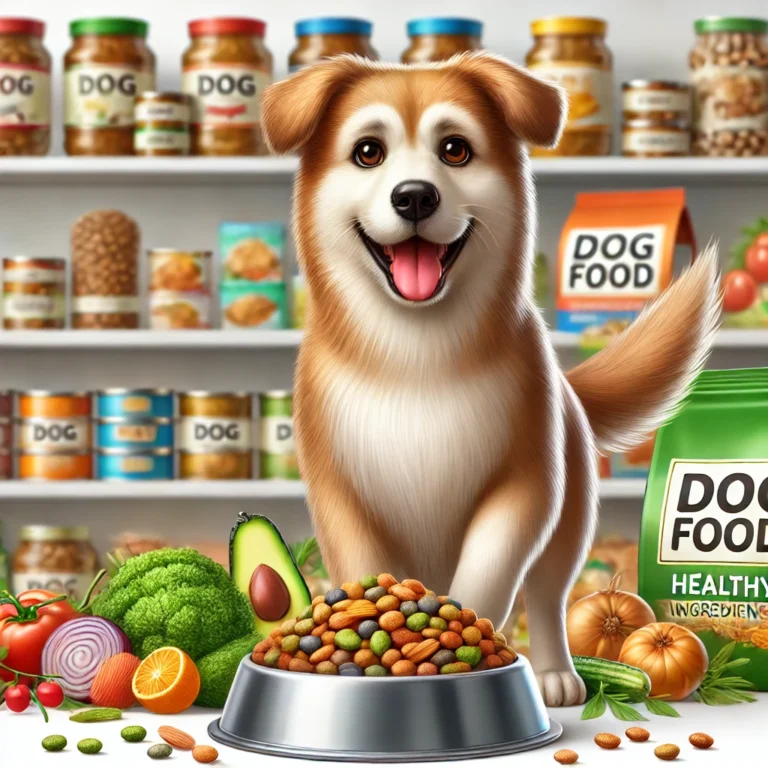Dog toys are not just simple accessories to entertain your pet. They play a crucial role in their development, mental well-being, and physical health. When chosen wisely, toys can not only amuse your dog but also help channel their energy and strengthen the bond you share. In this article, we’ll explore why toys are so important and how to select the best ones for your furry friend.
Why Are Toys Important for Dogs?
- Mental Stimulation
Dogs, especially intelligent breeds, need mental challenges to avoid boredom. A mentally stimulated dog is generally happier and less likely to engage in destructive behavior.- Interactive toys, such as puzzles or treat dispensers, encourage dogs to think and solve problems.
- Promoting Physical Exercise
Toys motivate dogs to move, which is vital for their physical health. Active play, like chasing a ball or frisbee, helps maintain a healthy weight and strengthens muscles. - Reducing Anxiety and Stress
Chewing is a soothing activity for dogs. Chew toys can help reduce stress and anxiety, especially for dogs that spend a lot of time alone. - Strengthening Teeth and Gums
Toys designed for chewing contribute to dental health by reducing tartar buildup and massaging the gums. - Building the Dog-Owner Bond
Interactive games, like tug-of-war or fetch, strengthen trust and the connection between you and your dog.
How to Choose the Right Toys for Your Dog
Selecting the right toys depends on several factors, including your dog’s age, size, breed, and energy level. Here are some tips for choosing the most suitable toys:
- Consider the Dog’s Size
- Small Breeds: Dogs like Chihuahuas or Yorkshire Terriers need small toys that they can easily grab and handle.
- Large Breeds: Dogs like Labradors or German Shepherds require bigger, sturdier toys to prevent accidental swallowing.
- Choose Safe Materials
- Ensure toys are made from non-toxic, durable materials.
- Rubber Toys: Ideal for aggressive chewers.
- Fabric or Ropes: Perfect for tugging games but ensure they don’t fray easily.
- Match Toys to the Dog’s Age
- Puppies: Soft toys that soothe their sensitive gums during teething.
- Adults: Toys that stimulate their intelligence and encourage exercise.
- Seniors: Softer, easy-to-chew toys for older dogs with fragile teeth.
- Evaluate the Dog’s Energy Level
- Energetic Dogs: Balls, frisbees, and interactive toys are perfect for burning energy.
- Calm Dogs: Chew toys or simple puzzles are enough to keep them entertained.
- Observe Your Dog’s Preferences
Every dog has unique preferences. Some love chewing, others prefer chasing objects or solving puzzles. Experiment with different types of toys to discover what your dog enjoys most.
Popular Toy Types and Their Benefits
- Chew Toys
- Benefits: Reduce boredom, improve dental health, and ease anxiety.
- Examples: Nylon bones, rubber toys like KONGs, antler chews.
- Interactive Toys
- Benefits: Stimulate intelligence and prevent boredom.
- Examples: Treat dispensers, multi-level puzzles.
- Active Play Toys
- Benefits: Encourage physical exercise and strengthen the dog-owner bond.
- Examples: Balls, frisbees, floating toys for water-loving dogs.
- Rope Toys
- Benefits: Ideal for tugging games and cleaning teeth.
- Examples: Knotted ropes, sturdy tugging toys.
- Plush Toys
- Benefits: Provide comfort for calm or anxious dogs.
- Examples: Plush toys with squeakers, soft fabric toys.
Tips for Using Dog Toys
- Supervise Your Dog
- Ensure toys are used safely, especially those with small parts.
- Rotate Toys
- Alternate between different types of toys to keep your dog interested.
- Replace Worn-Out Toys
- Damaged toys can become dangerous and should be replaced promptly.
Dog toys are not a luxury; they are essential for your pet’s physical and mental well-being. By choosing the right toys and incorporating them into your dog’s daily routine, you help them thrive and stay happy. Take the time to observe your dog’s preferences and provide toys that meet their needs for hours of fun and stimulation.

